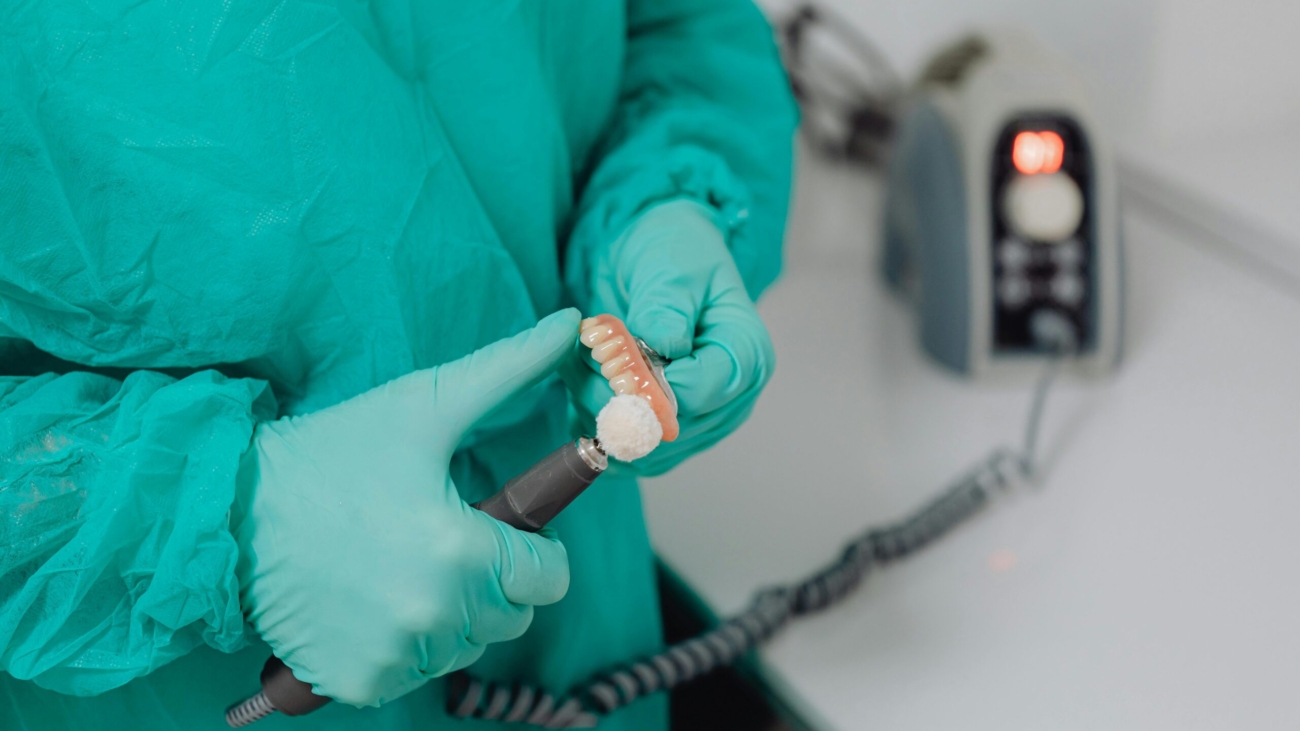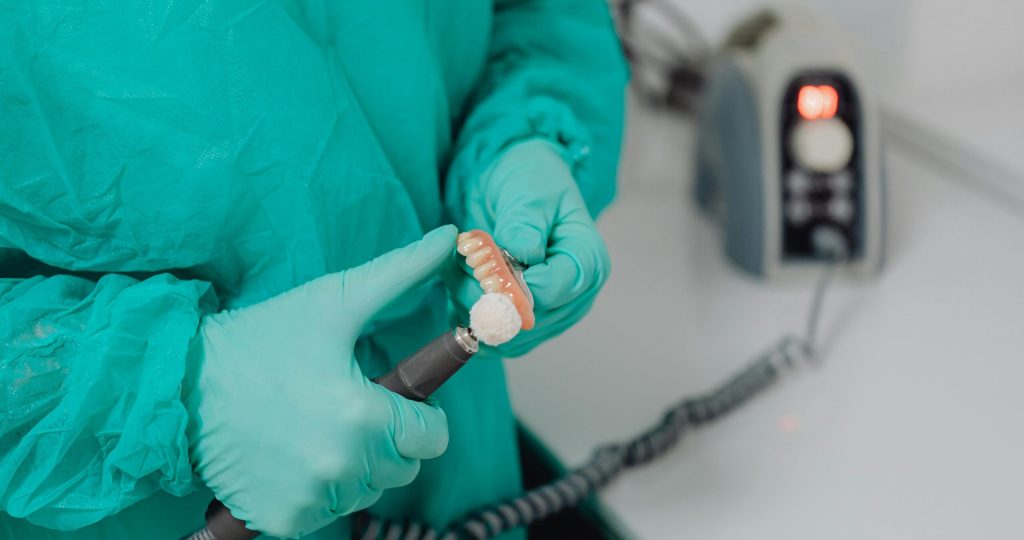Written and Reviewed by Vikas Londhe M.Pharm (Pharmacology)

A recent study published in JAMA on March 10, 2025, titled “High-Dose Vitamin D in Clinically Isolated Syndrome Typical of Multiple Sclerosis: The D-Lay MS Randomized Clinical Trial,” investigated the efficacy of high-dose cholecalciferol (vitamin D) as a monotherapy in reducing disease activity in patients with clinically isolated syndrome (CIS) suggestive of multiple sclerosis (MS). This randomized clinical trial enrolled participants diagnosed with CIS, a condition characterized by a single episode of neurological symptoms indicative of MS. The objective was to determine whether high-dose vitamin D supplementation could delay or prevent the progression from CIS to clinically definite MS. The trial’s results indicated that participants receiving high-dose vitamin D exhibited a significant reduction in disease activity compared to those in the placebo group. Specifically, MRI scans revealed fewer new or enlarging lesions in the vitamin D group, suggesting a potential neuroprotective effect of high-dose cholecalciferol in the early stages of MS.
Link between Vitamin D and MS
Multiple sclerosis (MS) is a long-term disease that affects the central nervous system by damaging the protective covering of nerves (myelin). This damage disrupts nerve signals, causing symptoms that vary from mild fatigue to severe paralysis and cognitive issues. The exact cause is unknown, but it likely involves both genetics and environmental factors. MS affects over 2.8 million people worldwide and is a major cause of disability in young adults.
Vitamin D is a fat-soluble vitamin that is important for strong bones and maintaining calcium levels in the body. It also plays a role in regulating the immune system. Vitamin D works by interacting with a specific receptor Vitamin D receptor (VDR) found in many immune cells. Research suggests that it can affect the immune system by reducing the growth of certain T cells, supporting regulatory T cells, and influencing the production of inflammatory substances like cytokines. Because of these effects, scientists are interested in studying whether vitamin D supplements could help manage multiple sclerosis (MS), a disease linked to immune system dysfunction.
The D-Lay MS Trial (NCT01817166): The D-Lay MS trial was a rigorous, double-blind, placebo-controlled study conducted across 36 MS centers in France. Recruitment spanned from July 2013 to December 2020, with final follow-ups completed in January 2023. The study aimed to determine whether high-dose cholecalciferol (vitamin D3) could reduce disease activity in individuals diagnosed with CIS or early-stage relapsing-remitting MS (RRMS).
A total of 316 patients aged 18–55 years, diagnosed with CIS within the previous 90 days, were enrolled. Inclusion criteria required a serum vitamin D concentration below 100 nmol/L and MRI findings consistent with the 2010 MS diagnostic criteria. Notably, participants had not received any prior disease-modifying treatments.
Intervention and Study Groups: Participants were randomly assigned to one of two groups:
High-dose cholecalciferol (100,000 IU) every two weeks (n = 163)
Placebo group receiving a matching supplement (n = 153)
The intervention period lasted 24 months, during which disease activity and clinical outcomes were closely monitored.
Key Outcomes and Findings The primary endpoint of the study was disease activity, defined as the occurrence of relapses and/or MRI activity (new or contrast-enhancing lesions). Secondary outcomes included MRI-based disease activity measures, clinical relapses, and safety assessments.
Primary Outcome Results
60.3% of patients in the vitamin D group experienced disease activity, compared to 74.1% in the placebo group. The time to disease activity was significantly longer in the vitamin D group (432 days) compared to the placebo group (224 days).
MRI-Based Findings: Patients in the vitamin D group demonstrated significant reductions in MRI-based disease activity: MRI activity: 57.1% in the vitamin D group vs. 65.3% in the placebo group.
New lesion occurrence: 46.2% in the vitamin D group vs. 59.2% in the placebo group.
Contrast-enhancing lesions: 18.6% in the vitamin D group vs. 34.0% in the placebo group.
Clinical Outcomes and Safety While MRI-based improvements were evident, no significant differences in relapse rates were observed:
17.9% of patients in the vitamin D group experienced relapses vs. 21.8% in the placebo group
Regarding safety, severe adverse events were reported in 17 patients in the vitamin D group and 13 patients in the placebo group. However, none of the adverse events were directly attributed to vitamin D supplementation.
Interpretation and Clinical Implications
This study provides strong evidence that high-dose vitamin D can reduce MRI-based disease activity in CIS and early MS. These findings suggest potential neuroprotective and immunomodulatory effects, possibly delaying progression to clinically definite MS. However, the lack of significant impact on relapse rates indicates that vitamin D supplementation may not be a stand-alone treatment but could serve as an adjunct to existing disease-modifying therapies.
Conclusion and Future Directions
The D-Lay MS trial highlights the benefits of high-dose vitamin D (100,000 IU biweekly) in reducing MRI-based disease activity. Although it did not significantly impact relapse rates, the delayed onset of disease activity suggests its potential as an early intervention strategy. Further research is needed to optimize dosing, assess long-term safety, and evaluate the role of vitamin D in combination with other MS treatments.
References
- Feige J, Moser T, Bieler L, et al, Vitamin D Supplementation in Multiple Sclerosis: A Critical Analysis of Potentials and Threats. Nutrients. 2020 Mar 16;12(3):783. Doi: 10.3390/nu12030783. PMID: 32188044; PMCID: PMC7146466.
- Aderinto, N., Olatunji, G., Kokori, E. et al.High-dose vitamin D supplementation in multiple sclerosis: a systematic review of clinical effects and future directions. Discov Med1, 12 (2024). https://doi.org/10.1007/s44337-024-00023-9
- Thouvenot E, Laplaud D, Lebrun-Frenay C, et al. High-Dose Vitamin D in Clinically Isolated Syndrome Typical of Multiple Sclerosis: The D-Lay MS Randomized Clinical Trial. JAMA.Published online March 10, 2025. doi:10.1001/jama.2025.1604
4. Sintzel, M.B., Rametta, M. & Reder, A.T. Vitamin D and Multiple Sclerosis: A Comprehensive Review. Neurol Ther 7, 59–85 (2018). https://doi.org/10.1007/s40120-017-0086-4














